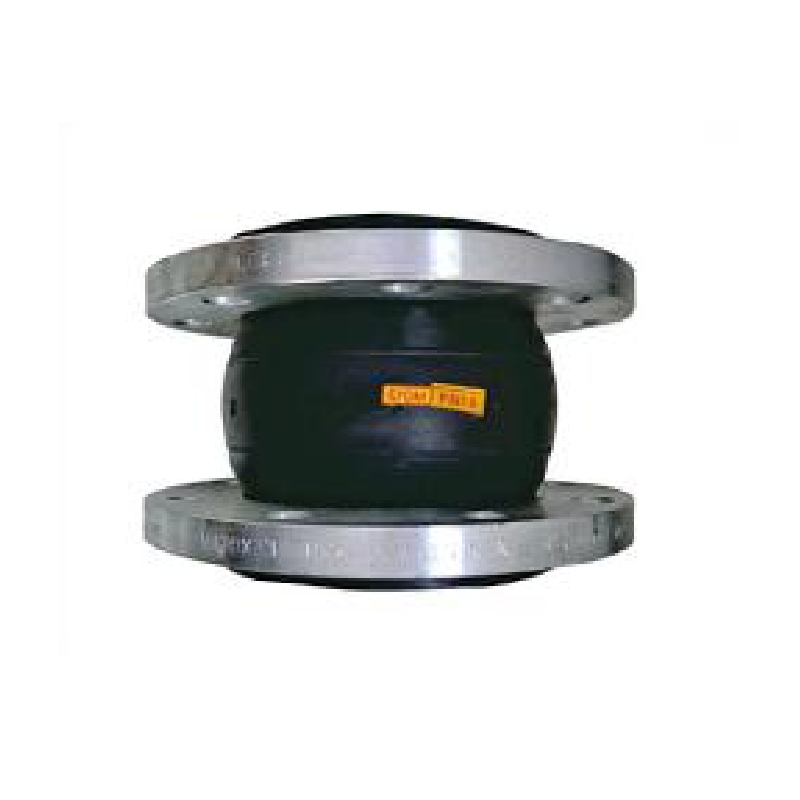Nov . 09, 2024 05:12 Back to list
Flange-Type Ball Valve A Comprehensive Overview of Its Features and Applications
Understanding Ball Valve Flange Types A Comprehensive Overview
Ball valves play a crucial role in numerous industrial applications, serving as essential components for controlling the flow of liquids and gases. Among the various designs of ball valves, those with flange connections are particularly widespread due to their ease of installation, durability, and ability to maintain a tight seal under pressure. In this article, we will delve into the different types of ball valve flanges, their applications, advantages, and considerations for selection.
What is a Ball Valve with Flange Connection?
A ball valve is a type of quarter-turn valve that uses a hollow, perforated, and pivoting ball to control flow. The significant feature of these valves is that they can fully open or close the flow with just a 90-degree rotation of the valve handle. When combined with flange connections, these valves provide a robust and reliable method for securing the valve to piping systems, enhancing their performance in various applications.
Flanged ball valves are designed with flanges attached to their inlet and outlet ports, allowing them to be bolted directly to other flanged piping components. This connection type ensures a tight seal, accommodating high-pressure environments while allowing for quick disassembly for maintenance or repair.
Types of Flanges for Ball Valves
Flange types can vary based on industry standards and specifications. The most commonly used flange standards for ball valves include
1. ANSI/ASME Flanges The American National Standards Institute (ANSI) and the American Society of Mechanical Engineers (ASME) provide specifications for flanges used in piping systems. ANSI flanges are categorized by pressure classes such as 150, 300, 600, and higher, indicating their pressure handling capabilities.
2. DIN Flanges The German Institute for Standardization (DIN) offers standardized flanges prevalent in Europe. DIN flanges are commonly used for industrial applications and come in various pressure ratings.
3. JIS Flanges The Japanese Industrial Standards (JIS) specify a range of flanged connections often used in Japan and Asian markets. These flanges are typically used in manufacturing processes and are designed to meet specific regional needs.
4. RF (Raised Face) Flanges RF flanges feature a raised area around the bolt holes, which helps in achieving a tighter seal when compressed against the gasket. This design is widely used in applications where leakage prevention is critical.
5. FF (Flat Face) Flanges Unlike RF flanges, flat face flanges have a completely flat surface, ensuring ease of alignment and installation. These are favored in low-pressure applications or in environments where the presence of debris could be an issue.
Applications of Flanged Ball Valves
ball valve flange type

Flanged ball valves are utilized in various industries, including
- Oil and Gas For controlling the flow of crude oil, natural gas, and refined products. - Water Treatment Managing the flow of water in purification processes and distribution systems. - Chemical Production Handling aggressive chemicals and corrosive substances in processing plants. - Power Generation Regulating steam and water flow in power plants, ensuring operational efficiency.
Advantages of Flanged Ball Valves
1. Ease of Installation Flanged connections simplify the installation process, allowing for faster assembly and disassembly.
2. Strong Sealing Capability The contact between the flange and gasket leads to a robust sealing mechanism, minimizing the risk of leaks.
3. Versatility Different flange types allow for better adaptability to specific piping standards and regulations within various industries.
4. Durability Made from high-quality materials, flanged ball valves can withstand high pressure and temperature, ensuring a long service life.
Considerations for Selection
When selecting flanged ball valves, consider the following factors
- Pressure and Temperature Ratings Ensure the valve can handle the specific operating conditions of your application. - Materials Choose materials compatible with the fluids being handled to prevent corrosion and degradation. - Size and Connection Confirm that the valve's size matches your piping system and that the flange type is suitable for your installation.
Conclusion
Flanged ball valves are indispensable in numerous industrial applications, offering flexibility and reliability through their unique connection types. Understanding the variations in flange types and their suitability for different conditions can lead to more efficient system designs and enhanced operational safety. For anyone involved in the selection or installation of piping systems, a thorough grasp of flanged ball valves will undoubtedly prove beneficial in achieving optimized performance.
Share
-
Reliable Wafer Type Butterfly Valves for Every IndustryNewsJul.25,2025
-
Reliable Flow Control Begins with the Right Ball Check ValveNewsJul.25,2025
-
Precision Flow Control Starts with Quality ValvesNewsJul.25,2025
-
Industrial Flow Control ReliabilityNewsJul.25,2025
-
Engineered for Efficiency Gate Valves That Power Industrial PerformanceNewsJul.25,2025
-
Empowering Infrastructure Through Quality ManufacturingNewsJul.25,2025